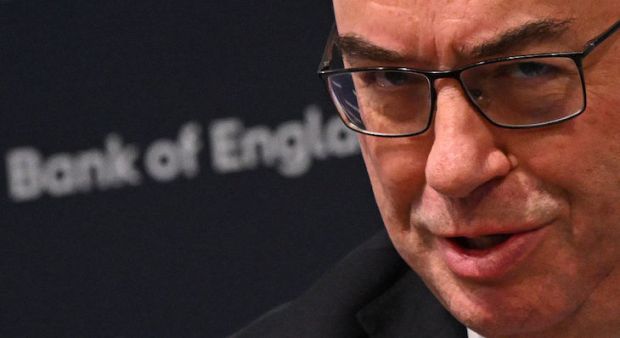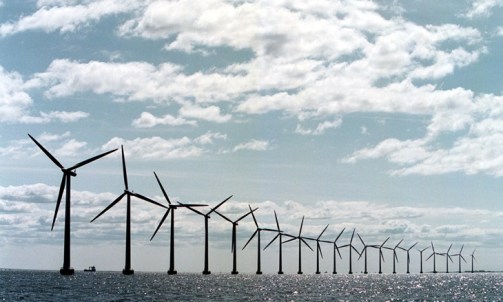The best thing that can be said about global economic growth prospects for 2023 is that no-one is expecting very much. On that basis, hopefully, things can only get better.
Over the weekend, International Monetary Fund (IMF) managing director Kristalina Georgieva said that she expects a third of the globe to be in recession, including half of the EU. That doesn’t sound too bad on the face of it. If the IMF’s predictions proved to be accurate – and the record of economic forecasting is pretty dire – it would still mean that the economy was still growing in two thirds of world. We might, yet, avert global recession.
But then how often does the world as a whole sink into recession? UK government ministers are often very quick to use the term ‘global recession’ as it makes Britain’s experience seem less bad if we can be argued merely to be following what is going on elsewhere in the world. Yet in only two of the past 60 years, according to the World Bank, has the global economy as a whole failed to record growth: in 2009 when output fell by 1.3 per cent and again in the pandemic year of 2020, when output fell by 3.1 per cent. Prior to 2009, the closest the world came to a shrinking economy over the course of a year was 1982, when global GDP rose by 0.4 per cent and in 1975 when it grew by 0.6 per cent. As for the early 1990s UK recession, it left no imprint at worldwide level – global growth was 1.5 percent in 1991.
It is hard to escape the conclusion that we are becoming more prone to global recession
There is a caveat to add to these figures. Firstly, these are raw GDP figures. Given that the world population has seen explosive growth over the past 60 years we really ought to be looking at GDP per head. The global population grew by 1.9 per cent in 1975, 1.8 per cent in 1982 and 1.7 per cent in 1991 – all these years saw a slump in output per head. The other question is: how much can we really trust global economic data going back to 1961, a time when half of Europe sat behind the iron curtain and China was a fairly closed country?
But if you look at the World Bank graph of growth for the past six decades it is hard to escape the conclusion that we are becoming more prone to global recession. There is a distinct downward trend in the global growth rate, making it more likely that the downward swings in growth will tip into negative territory.
There are perhaps three main reasons for this. Firstly, sixty years ago many countries were growing off a very low base – it was therefore relatively easy for them to post high percentage growth rates. China is a case in point. For the past three decades, no matter how miserable the outlook in the West, we could rely on China to post a decent GDP figure. With the country reeling from Covid lockdowns and now from Covid itself this is looking very unlikely for 2023. Secondly, global population growth is slowing – this makes it harder for population growth to disguise falls in GDP per head. And thirdly, the global economy is becoming more interconnected, with far more trade, so it is harder for countries to remain aloof from economic malaise in other parts of the world.
All this doesn’t necessarily mean we will definitely see global recession in 2023, but it does make it more likely.
Got something to add? Join the discussion and comment below.
Get 10 issues for just $10
Subscribe to The Spectator Australia today for the next 10 magazine issues, plus full online access, for just $10.





















Comments
Don't miss out
Join the conversation with other Spectator Australia readers. Subscribe to leave a comment.
SUBSCRIBEAlready a subscriber? Log in